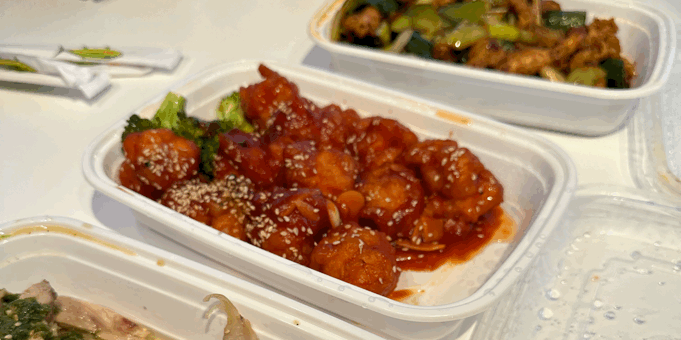Black plastic take out containers are not recyclable because scanners at recycling facilities cannot detect dark colors. “Wishcycling” them into the green recycling bin means they will get improperly sorted and end up mixed with other recyclable materials, where workers must manually pull out the “contaminants” or discard the entire batch. Black plastic must be thrown into the trash and ultimately incinerated or landfilled, which is bad for the environment.
However, it is coming to light that black plastic takeout containers can be hazardous to our health. A 2018 study that investigated black plastics shows that about 40% of these products contained heavy metals such as cadmium, mercury, and lead. These metals, as well as phthalates and flame retardants, are known carcinogens that can also cause serious developmental and reproductive damage, even at low levels. According to the study, the demand for black plastics in consumer products is partly met by sourcing material from the plastic housings of end-of-life waste electronic and electrical equipment, which has the potential to introduce hazardous substances into the black plastic products. The study shows that, in some samples, the presence of these chemicals was 30 times greater than government safety standards. Given that the most common uses for these plastics are as packaging for food items or as parts in children’s toys, black plastic poses a serious health concern.
There is no way to know whether a particular black plastic takeout container is safe or contains toxic substances. The best option then may be to avoid them altogether. Tell restaurants that you love their food, but do not want them served in black plastic containers. There are safer alternatives, including white plastic take out containers.
For more information about the impact of black plastic:



Recently on Twitter